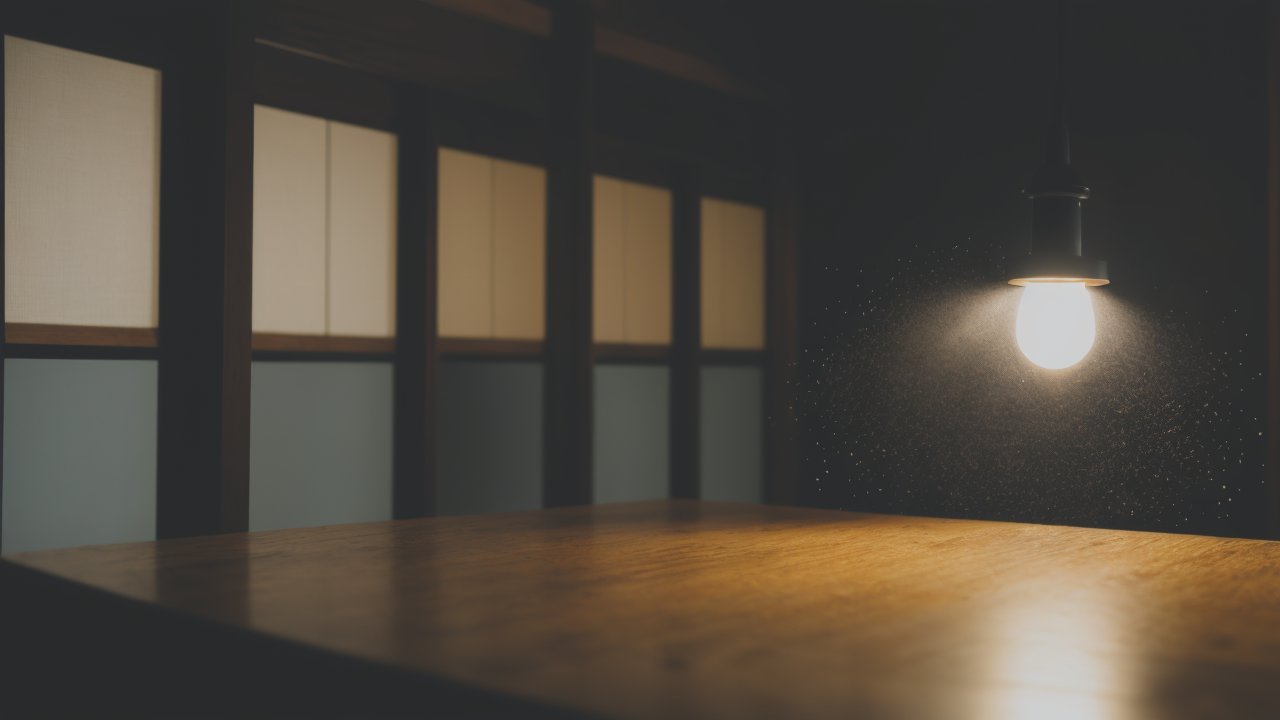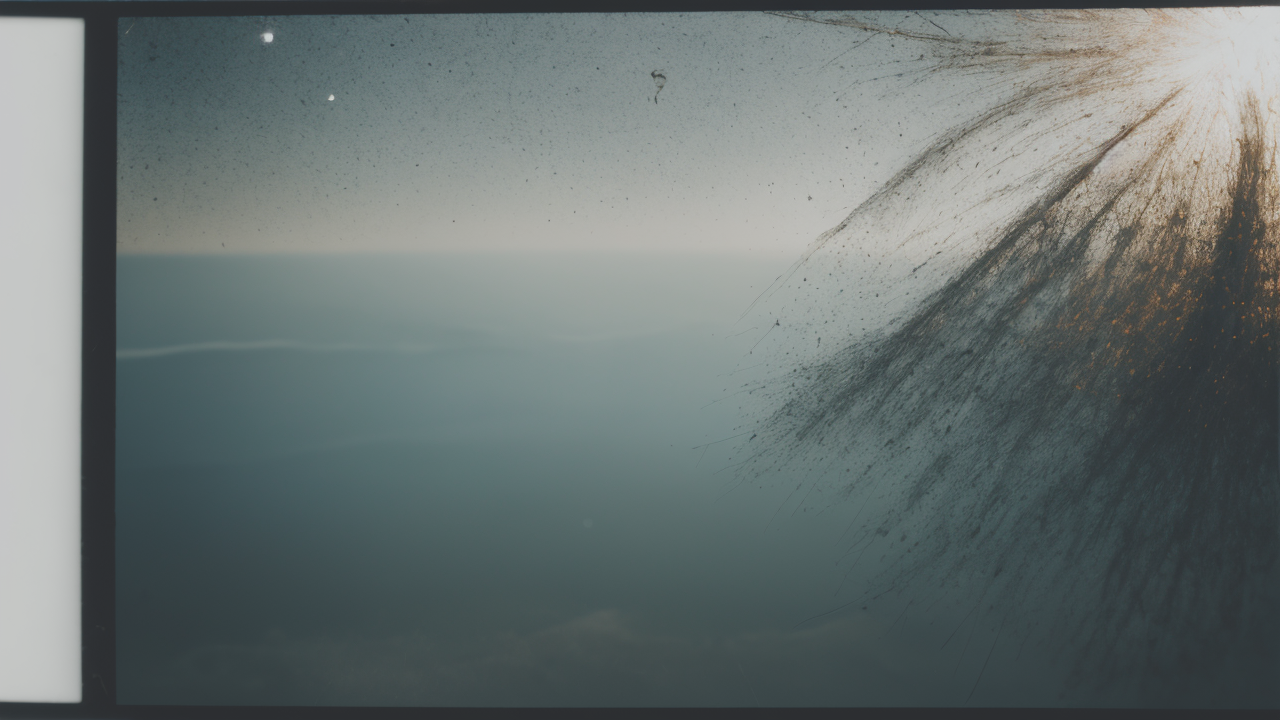
Texture and Tradition: Incorporating Japanese Aesthetics into Contemporary Tile Design
Understanding the Wabi-Sabi Philosophy in Art
The Origins of Wabi-Sabi
Wabi-sabi is a Japanese concept with deep roots in Zen Buddhism. It emerged in 15th century Japan. The term combines two ideas: 'wabi' (simplicity) and 'sabi' (beauty of age). This philosophy celebrates imperfection and the passage of time. It finds beauty in things that are modest, rustic, and imperfect. Wabi-sabi encourages us to embrace the natural cycle of growth and decay. It teaches us to see beauty in weathered or worn objects. This outlook has greatly influenced Japanese art and design. It offers a contrast to the Western ideal of perfection. In art, wabi-sabi values handmade items over mass-produced goods. It appreciates the unique marks left by time and use. This philosophy has gained popularity worldwide in recent years.

Key Principles of Wabi-Sabi Aesthetics
Wabi-sabi aesthetics are guided by several key principles:
- Simplicity: Embracing minimalism and natural beauty
- Asymmetry: Valuing natural balance over perfect symmetry
- Roughness: Celebrating textures and imperfections
- Intimacy: Creating a sense of closeness and warmth
- Humility: Appreciating modesty and understatement
- Authenticity: Valuing objects for their true nature
These principles inspire artists to create works that feel genuine and lived-in. They encourage the use of natural materials and earthy colors. Wabi-sabi art often features irregular shapes and uneven textures. It may show signs of age, wear, or weathering. The goal is to evoke a sense of history and connection to nature. This approach values the unique over the mass-produced. It finds beauty in the marks left by time and use.
Why Wabi-Sabi Art Resonates with Audiences
Wabi-sabi art has a strong appeal in today's fast-paced, digital world. It offers a refreshing contrast to our culture of perfection and constant renewal. Many people find comfort in its acceptance of imperfection and aging. Wabi-sabi art reminds us to slow down and appreciate life's simple pleasures. It aligns with growing interest in mindfulness and sustainable living. The philosophy's emphasis on authenticity resonates with those seeking genuine experiences. Wabi-sabi artworks often tell a story through their textures and imperfections. This narrative quality creates a deeper connection with viewers. The style's natural elements can bring a sense of calm to modern interiors. It offers a way to reconnect with nature and find beauty in everyday objects.
Step-by-Step Guide to Creating Wabi-Sabi Artworks
Choosing the Right Materials
Selecting materials is crucial in creating authentic wabi-sabi artworks. The right choices can enhance the piece's character and depth. Here are some suggestions:

- Plaster: A versatile base for creating textured surfaces
- Clay: Ideal for sculpting organic shapes and textures
- Natural pigments: For earthy, muted color palettes
- Recycled wood: To add warmth and history to your pieces
- Stone: For incorporating natural textures and patterns
- Fibers: Such as jute or linen for added texture
Look for materials that will develop character over time. Consider using found objects or recycled items to add history. Natural materials like sand or leaves can create interesting textures. Experiment with different combinations to achieve unique effects. Remember, wabi-sabi values the raw and unrefined. Don't be afraid to use materials with visible imperfections. The goal is to create pieces that feel authentic and connected to nature.
Techniques for Introducing Texture
Texture is a key element in wabi-sabi art. It adds depth, interest, and a sense of time to your work. Here are some techniques to try:
- Layering: Build up multiple layers of plaster or paint
- Scraping: Use tools to create uneven surfaces
- Embedding: Press objects into wet plaster or clay
- Cracking: Allow surfaces to crack naturally or create intentional cracks
- Sanding: Selectively sand areas to reveal underlying layers
- Stamping: Use natural objects to create impressions
Experiment with different tools like trowels, brushes, or even your hands. Try mixing materials of different consistencies. Allow for happy accidents and embrace unexpected results. Consider how textures might change over time. The goal is to create a surface that invites touch and exploration. Remember, in wabi-sabi art, imperfections are not flaws - they're features. Each mark and texture adds to the piece's unique character and story.
Finishing Touches to Enhance the Wabi-Sabi Effect
The final steps can greatly enhance the wabi-sabi feel of your artwork. These touches can add depth, character, and a sense of age. Here are some techniques to consider:
- Patina: Apply solutions to create an aged look
- Distressing: Gently damage surfaces for a worn appearance
- Staining: Use tea, coffee, or natural dyes for subtle coloring
- Burnishing: Selectively polish areas for contrast
- Waxing: Apply a thin layer of wax for depth and protection
- Leaving raw edges: Allow some areas to remain unfinished
Consider the overall composition of your piece. Aim for asymmetry and avoid perfect lines or shapes. Add subtle details that reward close inspection. Think about how your artwork might change over time. Embrace any cracks, chips, or fading as part of the piece's evolution. The goal is to create something that feels authentic and lived-in. Remember, wabi-sabi values the marks left by time and use. These imperfections tell the story of the piece and add to its character.
Marketing Your Wabi-Sabi Artwork in the United States
Identifying Your Target Audience
To effectively market your wabi-sabi artwork, it's crucial to identify your target audience. Understanding your potential buyers will help shape your marketing strategy. Consider these groups:

- Mindfulness practitioners and yoga enthusiasts
- Eco-conscious consumers interested in sustainable decor
- Interior designers seeking unique, handcrafted pieces
- Collectors of Japanese or Asian-inspired art
- Homeowners looking for calming, natural decor
- Art lovers interested in alternative aesthetics
Research where these groups spend time online and offline. Attend craft fairs, art shows, and wellness events to meet potential customers. Collaborate with businesses that share your target audience, like yoga studios or eco-friendly stores. Understanding your audience will help you tailor your marketing efforts and pricing strategy. Remember, your ideal customer may value the story and philosophy behind your art as much as the piece itself.
Strategies for Online Marketing and Sales
In today's digital age, online marketing is essential for artists. It allows you to reach a wider audience and showcase your work. Here are some strategies to consider:
- Create a professional website showcasing your art
- Use social media platforms like Instagram and Pinterest
- Start an email newsletter to keep customers informed
- List your pieces on art marketplaces like Etsy or Saatchi Art
- Collaborate with influencers in the home decor or wellness space
- Use relevant hashtags like #wabisabi, #texturedart, and #walldecor
Regularly post high-quality photos of your work. Share your process and inspiration to engage followers. Consider creating video content to showcase your techniques. Offer behind-the-scenes glimpses to build connection with your audience. Remember to engage with your followers and respond to comments promptly. Consistency is key in building an online presence. Use your online platforms to tell the story of your art and your journey as an artist.
Crafting a Compelling Story Around Your Artwork
Stories sell art. Crafting a compelling narrative around your wabi-sabi creations can set you apart. Here's how to do it:
- Share your journey as an artist and what drew you to wabi-sabi
- Explain the philosophy behind each piece
- Describe your process and the materials you use
- Highlight any unique or sustainable aspects of your work
- Share how your art connects to mindfulness or slow living
- Consider creating a series of works with a unifying theme or story
Use your artist statement and product descriptions to tell your story. Share personal anecdotes that relate to your art. Explain how wabi-sabi principles influence your work. Describe the emotions or ideas you hope to evoke with each piece. Consider how your art might fit into a buyer's life or space. Remember, buyers often connect with the artist as much as the art itself. Let your personality shine through in your storytelling. Your unique perspective and process are part of what makes your art valuable.


